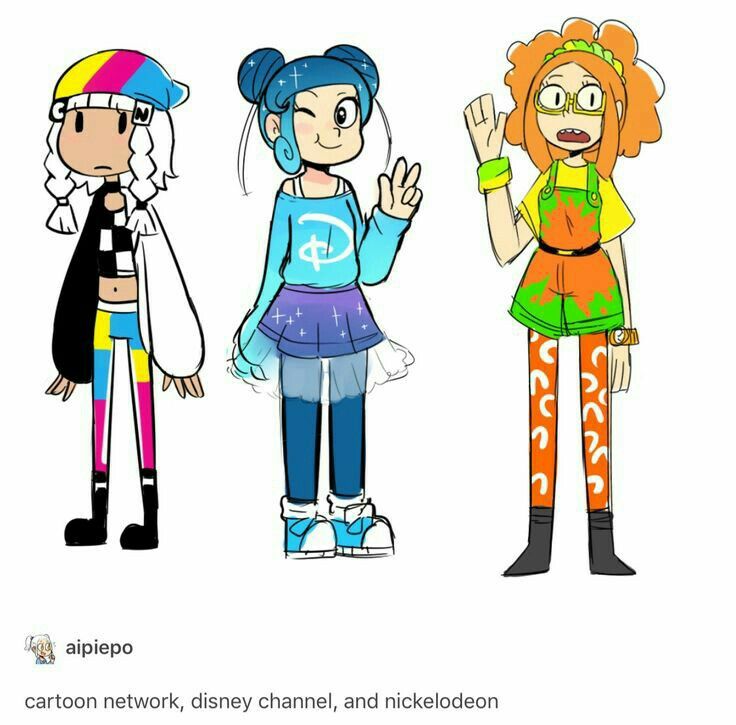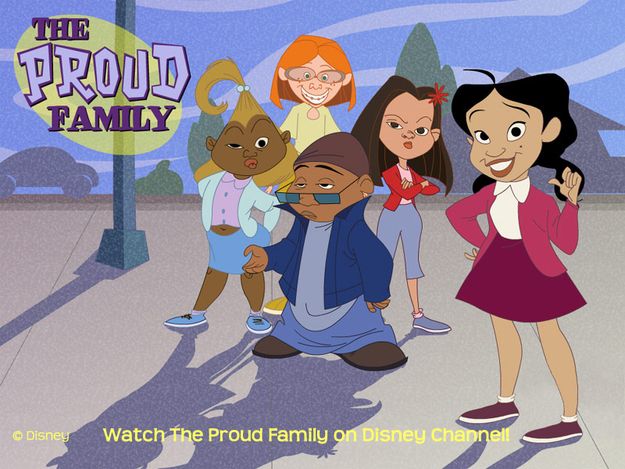Beenish Zaheen 1 Dr. Samia Manzoor 2 Dr. Aasima Safdar 3
- Lecturer, Department of Mass Communication, The Women University Multan, Punjab,Pakistan
- Assistant Professor, Department of Communication Studies, ahuaddin Zakariya University Multan, Punjab, Pakistan
- Assistant Professor, Department of Communication Studies, ahuaddin Zakariya University Multan, Punjab, Pakistan
PAPER INFO
Received:
March 16, 2020
Accepted:
June 15, 2020
Online:
June 30, 2020
Television is considered to be one of the most influential and
ABSTRACT

powerful medium as it contributes a lot in determining the opinion of children regarding gender roles. In this context, the researchers attempted to investigate that how cartoon characters of different genders are represented and assigned roles and characteristics in children cartoon programs. For this purpose, the researchers analyzed 12 TV cartoon programs shown on Nickelodeon, Disney, Cartoon Network, and Pogo, from January 1st, 2017 to December 31str, 2017. The results of the study showed
that male characters are given meaningfully more screen time and in the similar way they are more likely presented in leading roles in comparison to the female cartoon characters. However it was observed that there was no significant difference between cartoon characters of different genders regarding their representation as knowledgeable, intelligent, independent, ambitious, sporty, competent, and struggling against evils. It was also bserved that female cartoons are more often shown as engaged in fostering
children, household work, attractive and subtle.
Introduction

Formative Television being the central arm of today’s society has an immense influence on its consumers (Asamen & Berry, 1993). It is present today in almost every household. Children are a group of people who are big consumers of cartoon programs shown on TV. Cartoon programs play a significant role in the lives of kids.
Sparks(2006) developed a priori of children’s media use. According to him, learning, arousal, passing time, escape, relaxation, companionship, or habit or addiction could be the reason of watching TV. Cartoon programs are very impactful for children as they love to watch their favorite programs. In the contemporary world media has become an important tool to foster the required behaviors and values among children.
And there is no doubt about it that it has become significant agent to bring change.
Media research has always remained an area of research for social scientists. As argued by Potts & Martinez (1994) that myriads of researches had been undertaken to explain the various effects of Television on viewers, their learning patterns and behaviors. The previous studies gauge the impact of particular type of programs on children’s attitude. The previous research mainly contributed to identify the gender wise representation and portrayal of cultural minority. Hapkiewicz (1979) asserted that from last twenty years women’s presentations in different genre of media has remained a topic of great interest among the researchers. The previous researchers in this regard have concluded that females have remained less represented by the media.
Even in the cartoon programs that are meant for kids have no exception, where women are presented as naïve as compared to the characters of opposite gender.
Media research has always remained an area of research for social scientists. As argued by Potts & Martinez (1994) that myriads of researches had been undertaken to explain the various effects of Television on viewers, their learning patterns and behaviors. The previous studies gauge the impact of particular type of programs on children’s attitude. The previous research mainly contributed to identify the gender wise representation and portrayal of cultural minority. Hapkiewicz (1979) asserted that from last twenty years women’s presentations in different genre of media has remained a topic of great interest among the researchers. The previous researchers in this regard have concluded that females have remained less represented by the media.
Even in the cartoon programs that are meant for kids have no exception, where women are presented as naïve as compared to the characters of opposite gender.
Pakistan is a unique country and has a culture which is an amalgamation of
religious and geographical bearings. Children here learn norms and ethics from home and school but now media has emerged as a new contributor in a child’s deportments.
Children learn from what they see happening around them. But when a child consumes TV content too much it creates a mediated reality for them. It was observed by researchers that at a very young age children become aware about the differences present between people of both the genders. Parentage, peer group, school and media contribute significantly in highlighting these differences. Children at an early age become known to socially acceptable behaviors (Albert, 1988). And television content
plays a significant role in this attitude development.
The present research aims to investigate that how cartoon characters of both the genders are presented on screen and what roles and characters are given to them by various cartoon channels. As it is a matter of utmost concern that how TV content is contributing in shaping up a child’s attitude towards gender roles. Gender role is a position which people take up due to their gender in a household or in a society. Male and female members of a family are usually seen to be doing gendered chores. But the prime concern here is that how media is showcasing these trends. When on one hand
media is shouting about emancipation of women how it is teaching the children about gendered roles. And if media content meant for children is showing gender role stereotypes, how much and how many characters are shown in these roles.
The resent research has its vital importance as it attempts to investigate the
images foreign media is fostering among the viewer’s living in developing world through assigning roles and features to its characters belonging to both the genders.
Furthermore, the research will also be resourceful for those who attempt to explore either children programming is following the previous way of presentation of boys and girls or is there any modification in the presentation of both the genders in the contemporary times where people of both the genders are striving together for the betterment of the society.
Literature Review

In this section, the researchers attempted to present deep insight into gender roles and characteristics portrayed by media. Streicher (1974) noted that in cartoons females were presented in stereotypical characters that fell in love immediately with the male characters. Likewise, numerous other researchers also endorsed the same findings that females are presented in stereotypical manner (Sternglanz & Serbin, 1974;Mayes & Valentine, 1979).
Moreover, it was noted that females are portrayed as deserted creatures that had nothing to do with any important task whereas men are shown as hard working, demanding and resolving conflicts. Signorielli (1990) was of the opinion that television is not fair in representing females. It shows women in traditional roles such as teacher, waitress, nurse, and secretary. And even when shown in these roles women are not given any leading position. However, Jeanne & Debra (1996) commented that men characters are shown as strong and violent whereas women are portrayed as
subordinate to men and passive.

